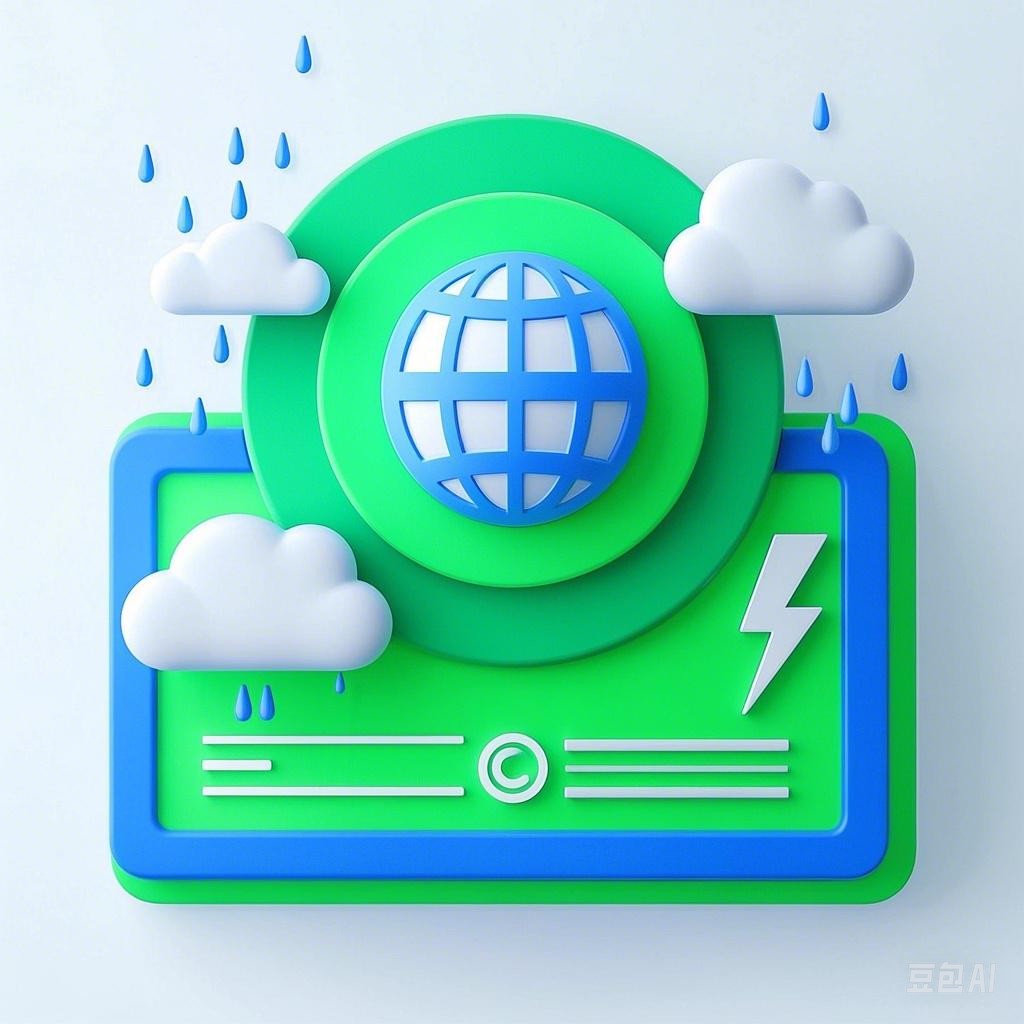Introduction
Global warming, a term that has become synonymous with climate change, refers to the long-term increase in Earth’s average surface temperature. This phenomenon is primarily driven by human activities, particularly the burning of fossil fuels, which release greenhouse gases into the atmosphere. The consequences of global warming are far-reaching and pose a significant threat to the planet and its inhabitants. This article delves into the causes, effects, and potential solutions to this impending disaster.
Causes of Global Warming
Greenhouse Gases
The primary cause of global warming is the increase in greenhouse gases in the Earth’s atmosphere. These gases, such as carbon dioxide (CO2), methane (CH4), and nitrous oxide (N2O), trap heat from the sun and prevent it from escaping back into space. The main sources of these gases are:
- Fossil Fuel Combustion: The burning of coal, oil, and natural gas for energy production and transportation.
- Deforestation: The cutting down of trees reduces the planet’s capacity to absorb CO2.
- Agriculture: Livestock farming and rice cultivation release methane, while fertilizer use releases nitrous oxide.
Natural Factors
While human activities are the primary driver of global warming, natural factors also contribute to the rise in temperatures. These include:
- Solar Radiation: Variations in the sun’s energy output can influence Earth’s temperature.
- Volcanic Eruptions: Volcanoes release gases and particles into the atmosphere, which can temporarily cool the planet.
Effects of Global Warming
Rising Sea Levels
One of the most visible effects of global warming is the rising sea levels. As temperatures increase, the oceans expand, and glaciers and ice sheets melt. This leads to increased coastal flooding and erosion, threatening coastal communities and ecosystems.
Extreme Weather Events
Global warming has led to an increase in the frequency and severity of extreme weather events, such as hurricanes, heatwaves, and droughts. These events can have devastating consequences for human life and property, as well as for natural ecosystems.
Biodiversity Loss
Rising temperatures and changing weather patterns are disrupting ecosystems, leading to a loss of biodiversity. Many species are unable to adapt to the rapid changes, resulting in population declines and even extinction.
Health Risks
Global warming poses significant health risks, including heat-related illnesses, increased spread of infectious diseases, and mental health issues. The most vulnerable populations, such as the elderly and those living in poverty, are at greatest risk.
Potential Solutions
Reducing Greenhouse Gas Emissions
The most effective way to combat global warming is to reduce greenhouse gas emissions. This can be achieved through:
- Renewable Energy: Transitioning to renewable energy sources, such as solar, wind, and hydroelectric power.
- Energy Efficiency: Improving energy efficiency in buildings, transportation, and industry.
- Carbon Capture and Storage: Capturing CO2 emissions from power plants and storing them underground.
Protecting and Restoring Ecosystems
Protecting and restoring ecosystems can help mitigate the effects of global warming. This includes:
- Reforestation: Planting trees to absorb CO2 and restore forest ecosystems.
- Conservation: Protecting natural habitats and species from destruction.
International Cooperation
Addressing global warming requires international cooperation. The Paris Agreement, an international treaty adopted in 2015, aims to limit global warming to well below 2 degrees Celsius above pre-industrial levels.
Conclusion
Global warming is an urgent and complex issue that requires immediate action. By understanding the causes, effects, and potential solutions, we can work together to mitigate the devastating consequences of this impending disaster. The future of our planet depends on it.
